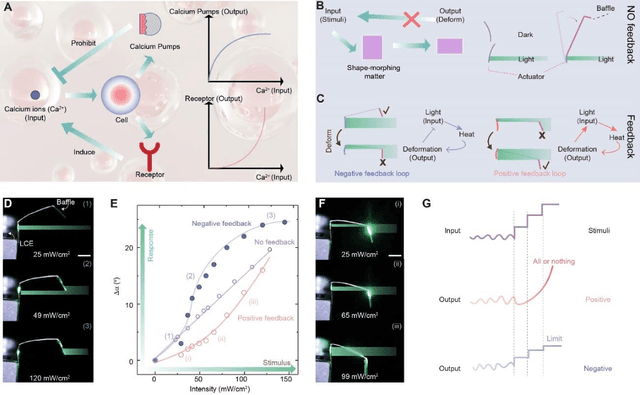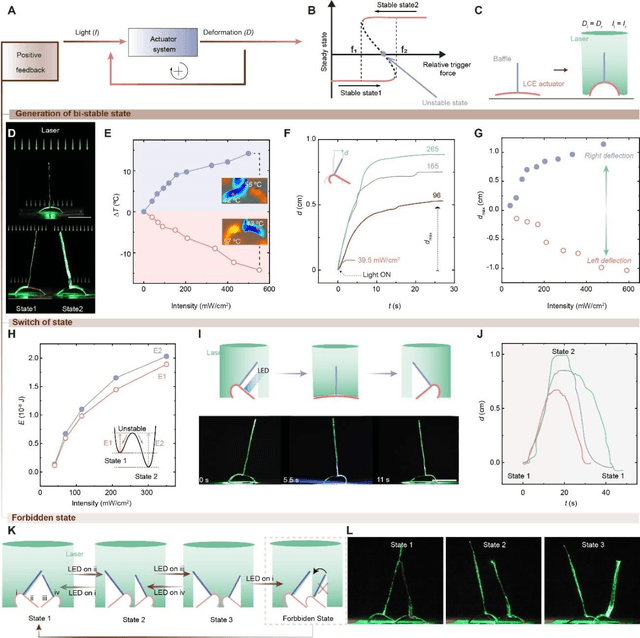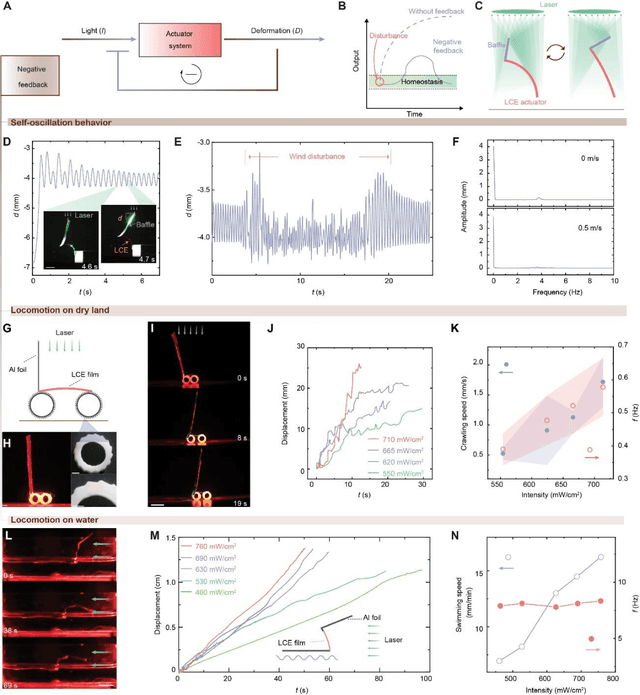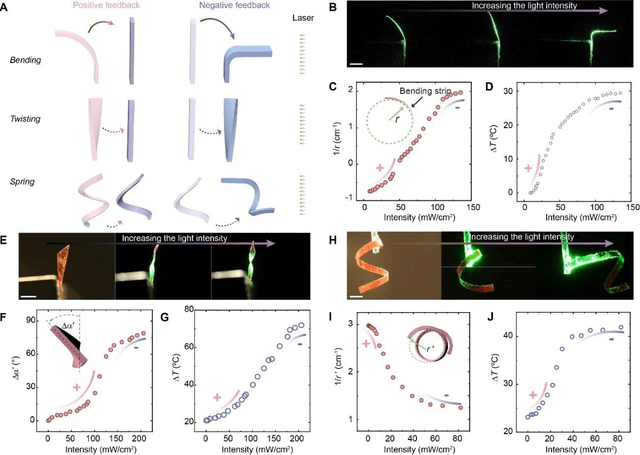Hao Zeng
GLM-4.5: Agentic, Reasoning, and Coding (ARC) Foundation Models
Aug 08, 2025Abstract:We present GLM-4.5, an open-source Mixture-of-Experts (MoE) large language model with 355B total parameters and 32B activated parameters, featuring a hybrid reasoning method that supports both thinking and direct response modes. Through multi-stage training on 23T tokens and comprehensive post-training with expert model iteration and reinforcement learning, GLM-4.5 achieves strong performance across agentic, reasoning, and coding (ARC) tasks, scoring 70.1% on TAU-Bench, 91.0% on AIME 24, and 64.2% on SWE-bench Verified. With much fewer parameters than several competitors, GLM-4.5 ranks 3rd overall among all evaluated models and 2nd on agentic benchmarks. We release both GLM-4.5 (355B parameters) and a compact version, GLM-4.5-Air (106B parameters), to advance research in reasoning and agentic AI systems. Code, models, and more information are available at https://github.com/zai-org/GLM-4.5.
FFGAF-SNN: The Forward-Forward Based Gradient Approximation Free Training Framework for Spiking Neural Networks
Aug 01, 2025Abstract:Spiking Neural Networks (SNNs) offer a biologically plausible framework for energy-efficient neuromorphic computing. However, it is a challenge to train SNNs due to their non-differentiability, efficiently. Existing gradient approximation approaches frequently sacrifice accuracy and face deployment limitations on edge devices due to the substantial computational requirements of backpropagation. To address these challenges, we propose a Forward-Forward (FF) based gradient approximation-free training framework for Spiking Neural Networks, which treats spiking activations as black-box modules, thereby eliminating the need for gradient approximation while significantly reducing computational complexity. Furthermore, we introduce a class-aware complexity adaptation mechanism that dynamically optimizes the loss function based on inter-class difficulty metrics, enabling efficient allocation of network resources across different categories. Experimental results demonstrate that our proposed training framework achieves test accuracies of 99.58%, 92.13%, and 75.64% on the MNIST, Fashion-MNIST, and CIFAR-10 datasets, respectively, surpassing all existing FF-based SNN approaches. Additionally, our proposed method exhibits significant advantages in terms of memory access and computational power consumption.
A Novel Spreading-Factor-Index-Aided LoRa Scheme: Design and Performance Analysis
Jun 07, 2025Abstract:LoRa is a widely recognized modulation technology in the field of low power wide area networks (LPWANs). However, the data rate of LoRa is too low to satisfy the requirements in the context of modern Internet of Things (IoT) applications. To address this issue, we propose a novel high-data-rate LoRa scheme based on the spreading factor index (SFI). In the proposed SFI-LoRa scheme, the starting frequency bin (SFB) of chirp signals is used to transmit information bits, while the combinations of spreading factors (SFs) are exploited as a set of indices to convey additional information bits. Moreover, theoretical expressions for the symbol error rate (SER) and throughput of the proposed SFI-LoRa scheme are derived over additive white Gaussian noise (AWGN) and Rayleigh fading channels. Simulation results not only verify the accuracy of the theoretical analysis, but also demonstrate that the proposed SFI-LoRa scheme improves both the bit error rate (BER) and throughput performance compared to existing high-data-rate LoRa schemes. Therefore, the proposed SFI-LoRa scheme is a potential solution for applications requiring a high data rate in the LPWAN domain.
Semi-Supervised Conformal Prediction With Unlabeled Nonconformity Score
May 27, 2025Abstract:Conformal prediction (CP) is a powerful framework for uncertainty quantification, providing prediction sets with coverage guarantees when calibrated on sufficient labeled data. However, in real-world applications where labeled data is often limited, standard CP can lead to coverage deviation and output overly large prediction sets. In this paper, we extend CP to the semi-supervised setting and propose SemiCP, leveraging both labeled data and unlabeled data for calibration. Specifically, we introduce a novel nonconformity score function, NNM, designed for unlabeled data. This function selects labeled data with similar pseudo-label scores to estimate nonconformity scores, integrating them into the calibration process to overcome sample size limitations. We theoretically demonstrate that, under mild assumptions, SemiCP provide asymptotically coverage guarantee for prediction sets. Extensive experiments further validate that our approach effectively reduces instability and inefficiency under limited calibration data, can be adapted to conditional coverage settings, and integrates seamlessly with existing CP methods.
Exploring Imbalanced Annotations for Effective In-Context Learning
Feb 06, 2025Abstract:Large language models (LLMs) have shown impressive performance on downstream tasks through in-context learning (ICL), which heavily relies on the demonstrations selected from annotated datasets. Existing selection methods may hinge on the distribution of annotated datasets, which can often be long-tailed in real-world scenarios. In this work, we show that imbalanced class distributions in annotated datasets significantly degrade the performance of ICL across various tasks and selection methods. Moreover, traditional rebalance methods fail to ameliorate the issue of class imbalance in ICL. Our method is motivated by decomposing the distributional differences between annotated and test datasets into two-component weights: class-wise weights and conditional bias. The key idea behind our method is to estimate the conditional bias by minimizing the empirical error on a balanced validation dataset and to employ the two-component weights to modify the original scoring functions during selection. Our approach can prevent selecting too many demonstrations from a single class while preserving the effectiveness of the original selection methods. Extensive experiments demonstrate the effectiveness of our method, improving the average accuracy by up to 5.46 on common benchmarks with imbalanced datasets.
Parametric Scaling Law of Tuning Bias in Conformal Prediction
Feb 05, 2025Abstract:Conformal prediction is a popular framework of uncertainty quantification that constructs prediction sets with coverage guarantees. To uphold the exchangeability assumption, many conformal prediction methods necessitate an additional holdout set for parameter tuning. Yet, the impact of violating this principle on coverage remains underexplored, making it ambiguous in practical applications. In this work, we empirically find that the tuning bias - the coverage gap introduced by leveraging the same dataset for tuning and calibration, is negligible for simple parameter tuning in many conformal prediction methods. In particular, we observe the scaling law of the tuning bias: this bias increases with parameter space complexity and decreases with calibration set size. Formally, we establish a theoretical framework to quantify the tuning bias and provide rigorous proof for the scaling law of the tuning bias by deriving its upper bound. In the end, we discuss how to reduce the tuning bias, guided by the theories we developed.
Robust Online Conformal Prediction under Uniform Label Noise
Jan 30, 2025Abstract:Conformal prediction is an emerging technique for uncertainty quantification that constructs prediction sets guaranteed to contain the true label with a predefined probability. Recent work develops online conformal prediction methods that adaptively construct prediction sets to accommodate distribution shifts. However, existing algorithms typically assume perfect label accuracy which rarely holds in practice. In this work, we investigate the robustness of online conformal prediction under uniform label noise with a known noise rate, in both constant and dynamic learning rate schedules. We show that label noise causes a persistent gap between the actual mis-coverage rate and the desired rate $\alpha$, leading to either overestimated or underestimated coverage guarantees. To address this issue, we propose Noise Robust Online Conformal Prediction (dubbed NR-OCP) by updating the threshold with a novel robust pinball los}, which provides an unbiased estimate of clean pinball loss without requiring ground-truth labels. Our theoretical analysis shows that NR-OCP eliminates the coverage gap in both constant and dynamic learning rate schedules, achieving a convergence rate of $\mathcal{O}(T^{-1/2})$ for both empirical and expected coverage errors under uniform label noise. Extensive experiments demonstrate the effectiveness of our method by achieving both precise coverage and improved efficiency.
Feedback Regulated Opto-Mechanical Soft Robotic Actuators
Dec 20, 2024



Abstract:Natural organisms can convert environmental stimuli into sensory feedback to regulate their body and realize active adaptivity. However, realizing such a feedback-regulation mechanism in synthetic material systems remains a grand challenge. It is believed that achieving complex feedback mechanisms in responsive materials will pave the way toward autonomous, intelligent structure and actuation without complex electronics. Inspired by living systems, we report a general principle to design and construct such feedback loops in light-responsive materials. Specifically, we design a baffle-actuator mechanism to incorporate programmed feedback into the opto-mechanical responsiveness. By simply addressing the baffle position with respect to the incident light beam, positive and negative feedback are programmed. We demonstrate the transformation of a light-bending strip into a switcher, where the intensity of light determines the energy barrier under positive feedback, realizing multi-stable shape-morphing. By leveraging the negative feedback and associated homeostasis, we demonstrate two soft robots, i.e., a locomotor and a swimmer. Furthermore, we unveil the ubiquity of feedback in light-responsive materials, which provides new insight into self-regulated robotic matters.
C-Adapter: Adapting Deep Classifiers for Efficient Conformal Prediction Sets
Oct 12, 2024Abstract:Conformal prediction, as an emerging uncertainty quantification technique, typically functions as post-hoc processing for the outputs of trained classifiers. To optimize the classifier for maximum predictive efficiency, Conformal Training rectifies the training objective with a regularization that minimizes the average prediction set size at a specific error rate. However, the regularization term inevitably deteriorates the classification accuracy and leads to suboptimal efficiency of conformal predictors. To address this issue, we introduce \textbf{Conformal Adapter} (C-Adapter), an adapter-based tuning method to enhance the efficiency of conformal predictors without sacrificing accuracy. In particular, we implement the adapter as a class of intra order-preserving functions and tune it with our proposed loss that maximizes the discriminability of non-conformity scores between correctly and randomly matched data-label pairs. Using C-Adapter, the model tends to produce extremely high non-conformity scores for incorrect labels, thereby enhancing the efficiency of prediction sets across different coverage rates. Extensive experiments demonstrate that C-Adapter can effectively adapt various classifiers for efficient prediction sets, as well as enhance the conformal training method.
Spatial-Aware Conformal Prediction for Trustworthy Hyperspectral Image Classification
Sep 02, 2024Abstract:Hyperspectral image (HSI) classification involves assigning specific labels to each pixel to identify various land cover categories. Although deep classifiers have shown high predictive accuracy in this field, quantifying their uncertainty remains a significant challenge, which hinders their application in critical contexts. This study first theoretically evaluates the applicability of \textit{Conformal Prediction} (CP), an emerging technique for uncertainty quantification, in the context of HSI classification. We then propose a conformal procedure that provides HSI classifiers with trustworthy prediction sets, offering coverage guarantees that ensure these sets contain the true labels with a user-specified probability. Building on this foundation, we introduce \textit{Spatial-Aware Conformal Prediction} (\texttt{SACP}), which incorporates essential spatial information inherent in HSIs by aggregating non-conformity scores of pixels with high spatial correlation. Both theoretical and empirical results demonstrate that \texttt{SACP} outperforms standard CP in HSI classification. The source code is accessible at \url{https://github.com/J4ckLiu/SACP}.
 Add to Chrome
Add to Chrome Add to Firefox
Add to Firefox Add to Edge
Add to Edge